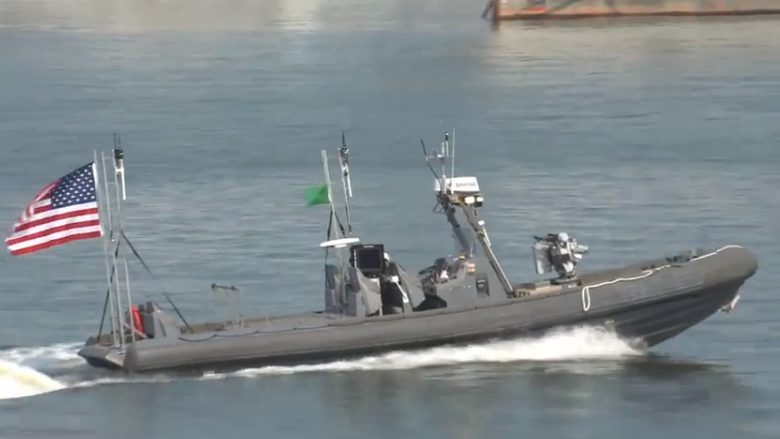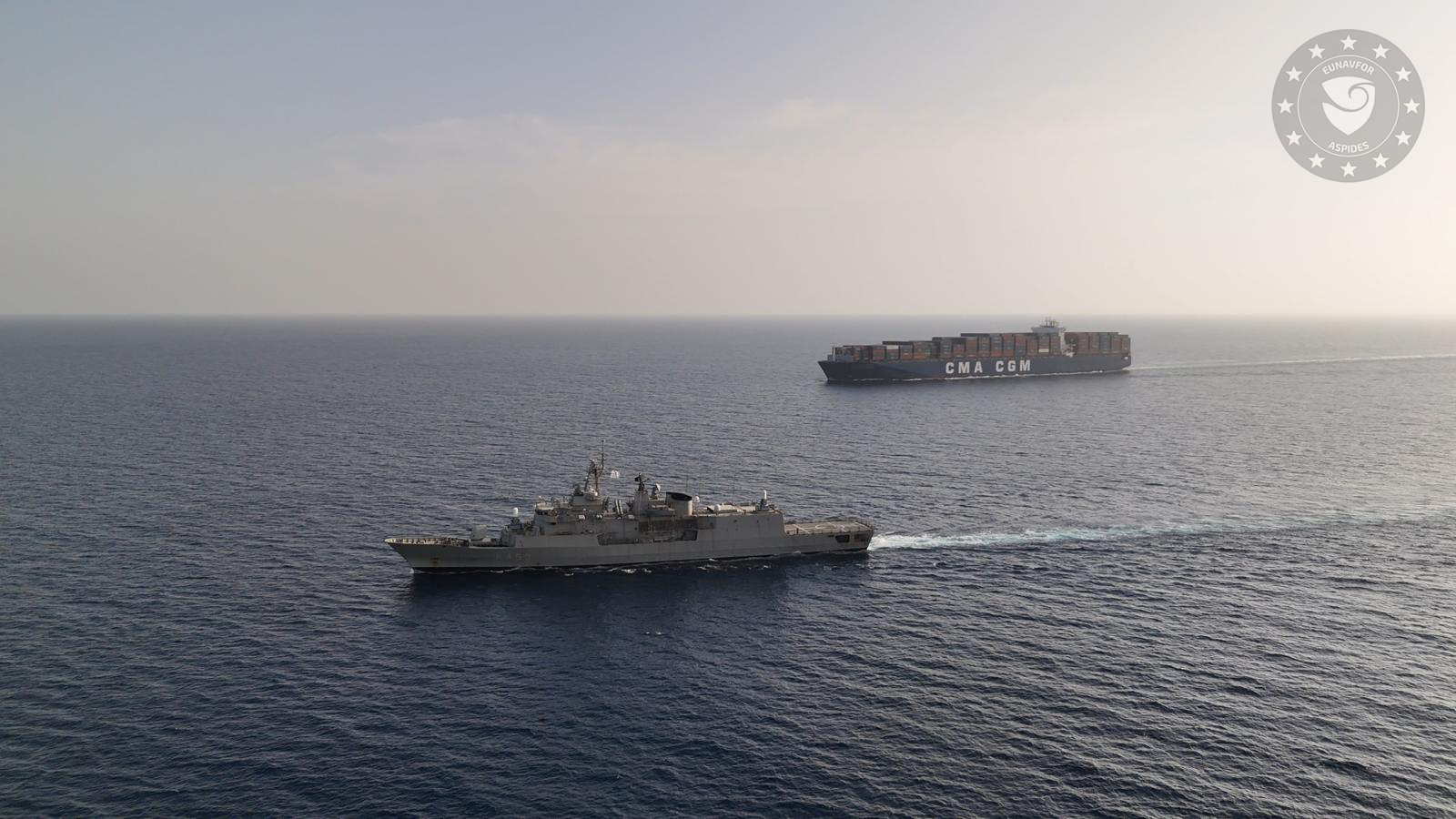
The U.S. Navy is testing a new type of artificial intelligence technology which allows for self-guided, unmanned boats to autonomously protect navy ships and also launch “swarm” attacks on hostile vessels without putting sailors in harms way.
The technology, developed by the Office of Naval Research (ONR), uses sensors and software to control virtually any type of small surface boat and autonomously launch swarm attacks on enemy vessels.
The technology — called CARACaS (Control Architecture for Robotic Agent Command and Sensing) — is currently under development by ONR, and can be put into a transportable kit and installed on almost any boat. It allows boats to operate autonomously, without any human interaction, and includes operation in sync with other unmanned vessels, choosing routes, swarming to interdict enemy vessels, and escorting/protecting naval assets.
“Our Sailors and Marines can’t fight tomorrow’s battles using yesterday’s technology,” said Chief of Naval Research Rear Adm. Matthew Klunder. “This kind of breakthrough is the result of the Navy’s long-term support for innovative research in science and technology.”
The first-of-its-kind technology was successfully demonstrated over two weeks in August on the James River in Virginia. The demonstrations included as many as 13 Navy boats operated using either autonomous or remote control. First they escorted a high-value Navy ship, and then, when a simulated enemy vessel was detected, the boats sped into action, swarming around the threat.
“This networking unmanned platforms demonstration was a cost-effective way to integrate many small, cheap, and autonomous capabilities that can significantly improve our warfighting advantage,” said Adm. Jonathan Greenert, Chief of Naval Operations.
In the future, ONR says capability could scale to include even greater numbers of unmanned surface vehicles, or USVs for short, and even to other platforms, including unmanned aerial vehicles (UAVs).
Check out the video of the demonstrations below:
“This multiplies combat power by allowing CARACaS-enabled boats to do some of the dangerous work,” said Dr. Robert Brizzolara, program manager at ONR. “It will remove our Sailors and Marines from many dangerous situations—for instance when they need to approach hostile or suspicious vessels. If an adversary were to fire on the USVs, no humans would be at risk.”
The new technology will allow the USVs to detect, deter or destroy attacking adversaries, however the Navy notes that any weapons fired from the USVs would need to be initiated by a real person.
U.S. Navy officials have over the years emphasized a blended force of manned and unmanned systems in recent years, most obvious through the increased use of aerial drones. Like AUVs, not only can USVs take on dangerous missions and protect warfighters, but even multiple USVs are a fraction of the cost of a single large manned ship, the Navy says.
The U.S. Navy notes that the swarm demonstration comes near the somber anniversary of the terrorist attack on USS Cole (DDG-67) off the coast of Yemen, in which a small boat laden with explosives was able to get near a guided-missile destroyer and detonate, killing 17 Sailors and injuring 39 others.
“While the attack on Cole was not the only motivation for developing autonomous swarm capability, it certainly is front and center in our minds, and hearts,” said Klunder. “If Cole had been supported by autonomous USVs, they could have stopped that attack long before it got close to our brave men and women on board.”

 Join The Club
Join The Club












